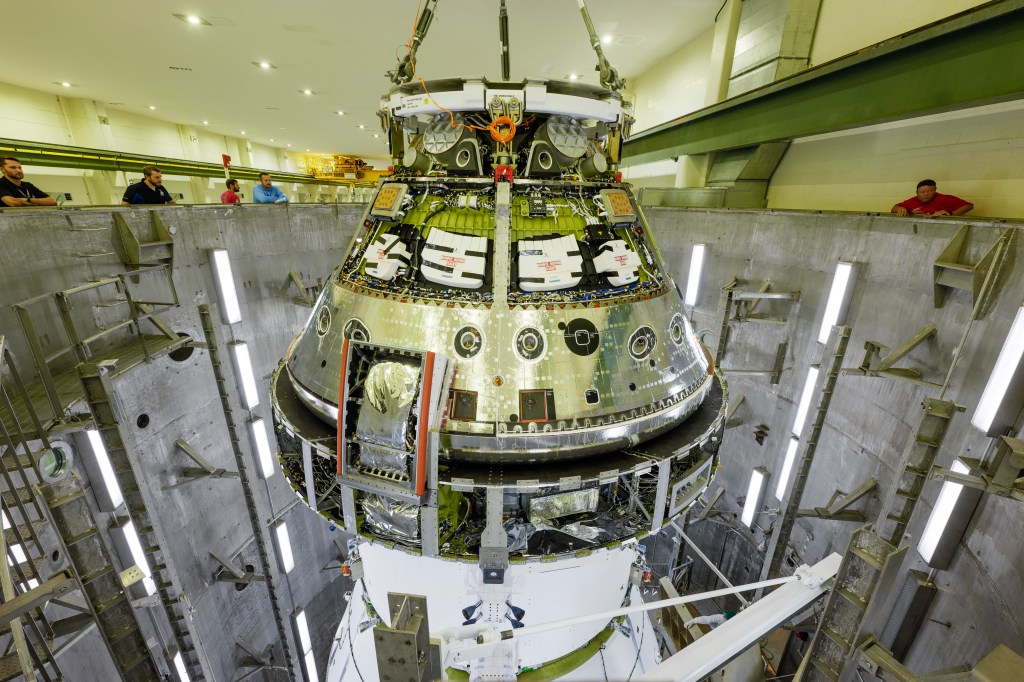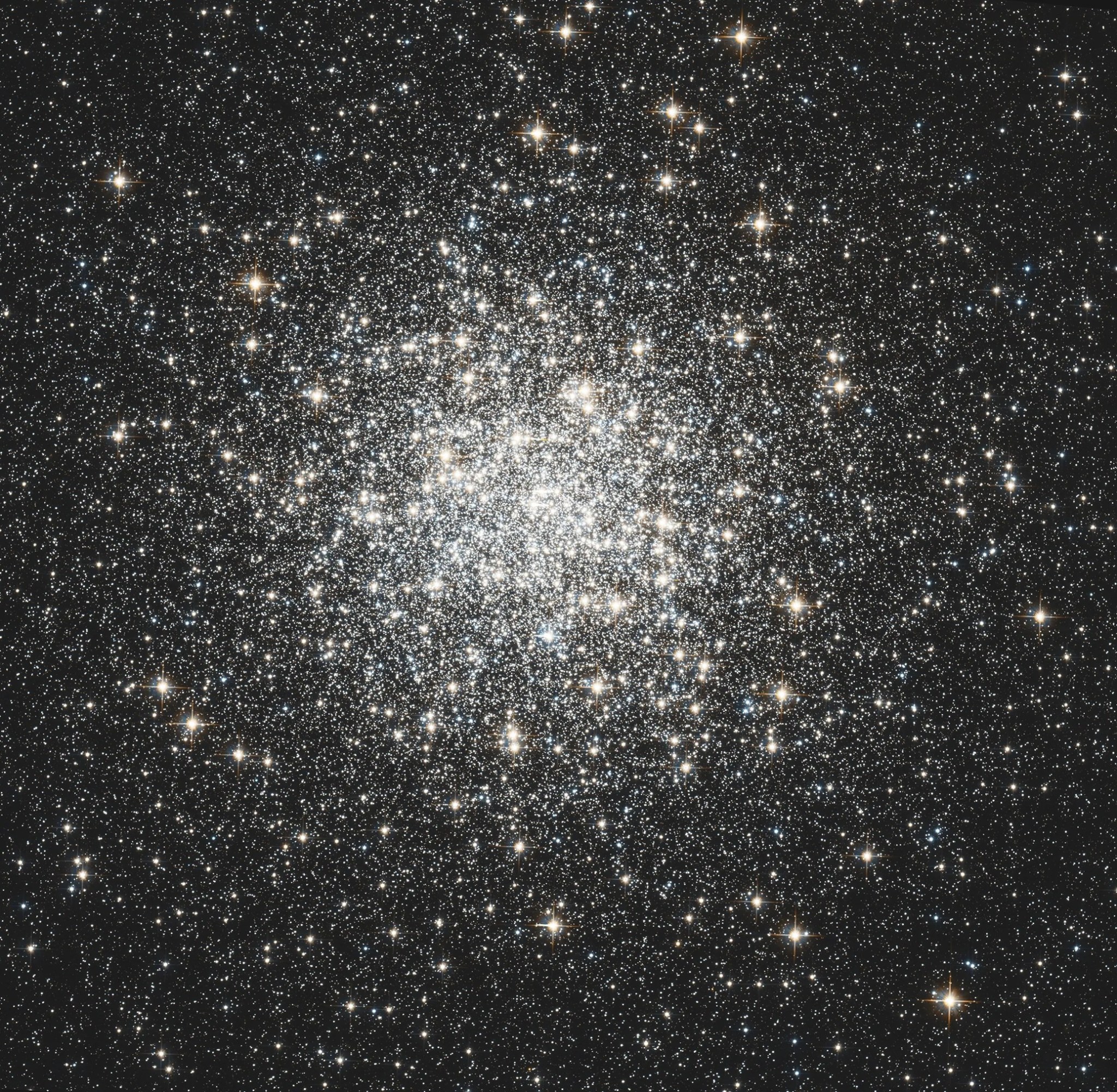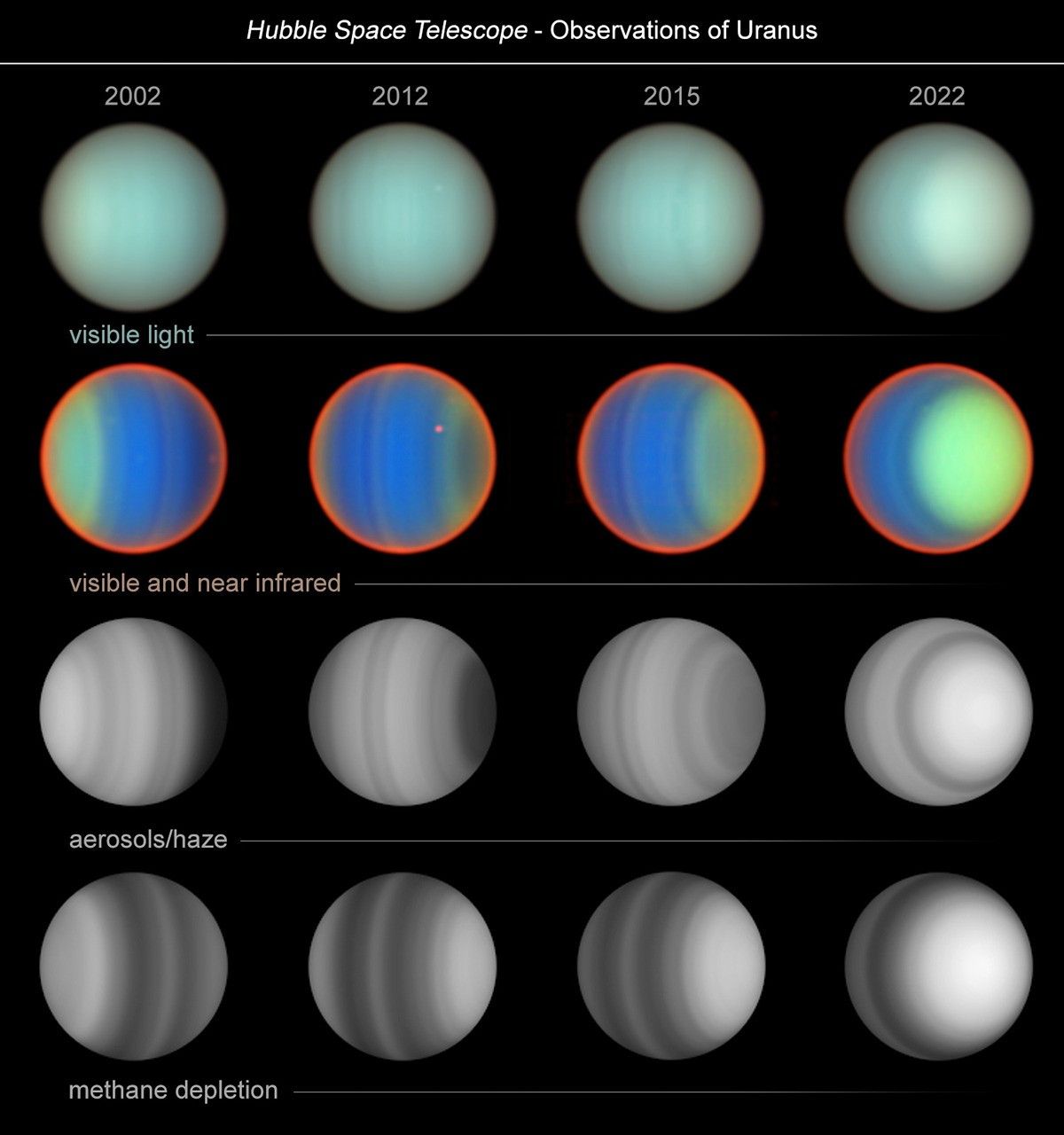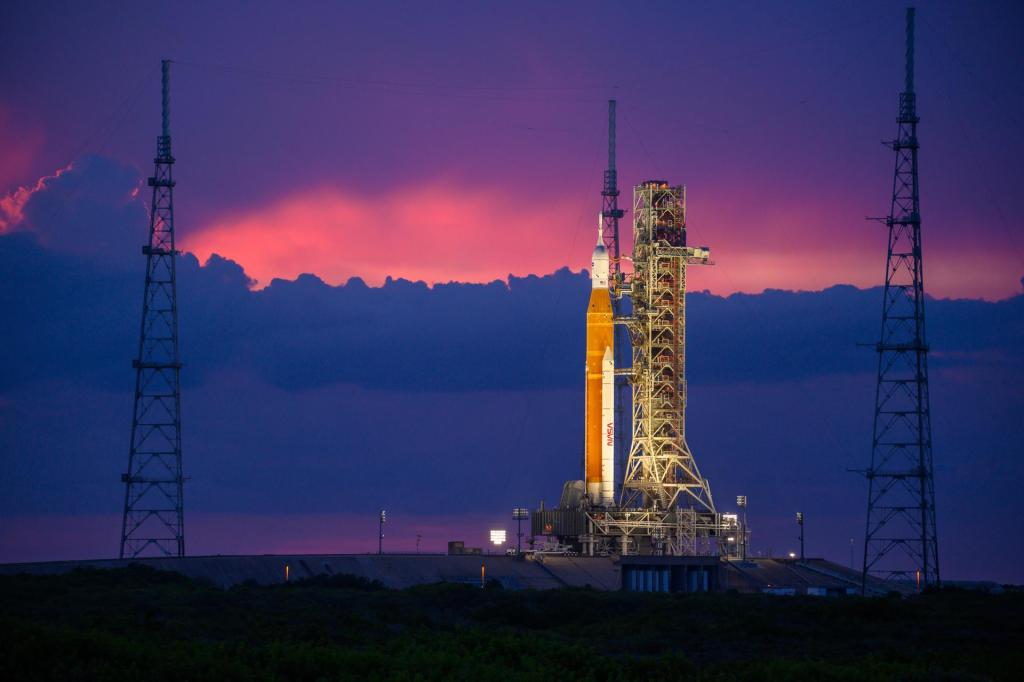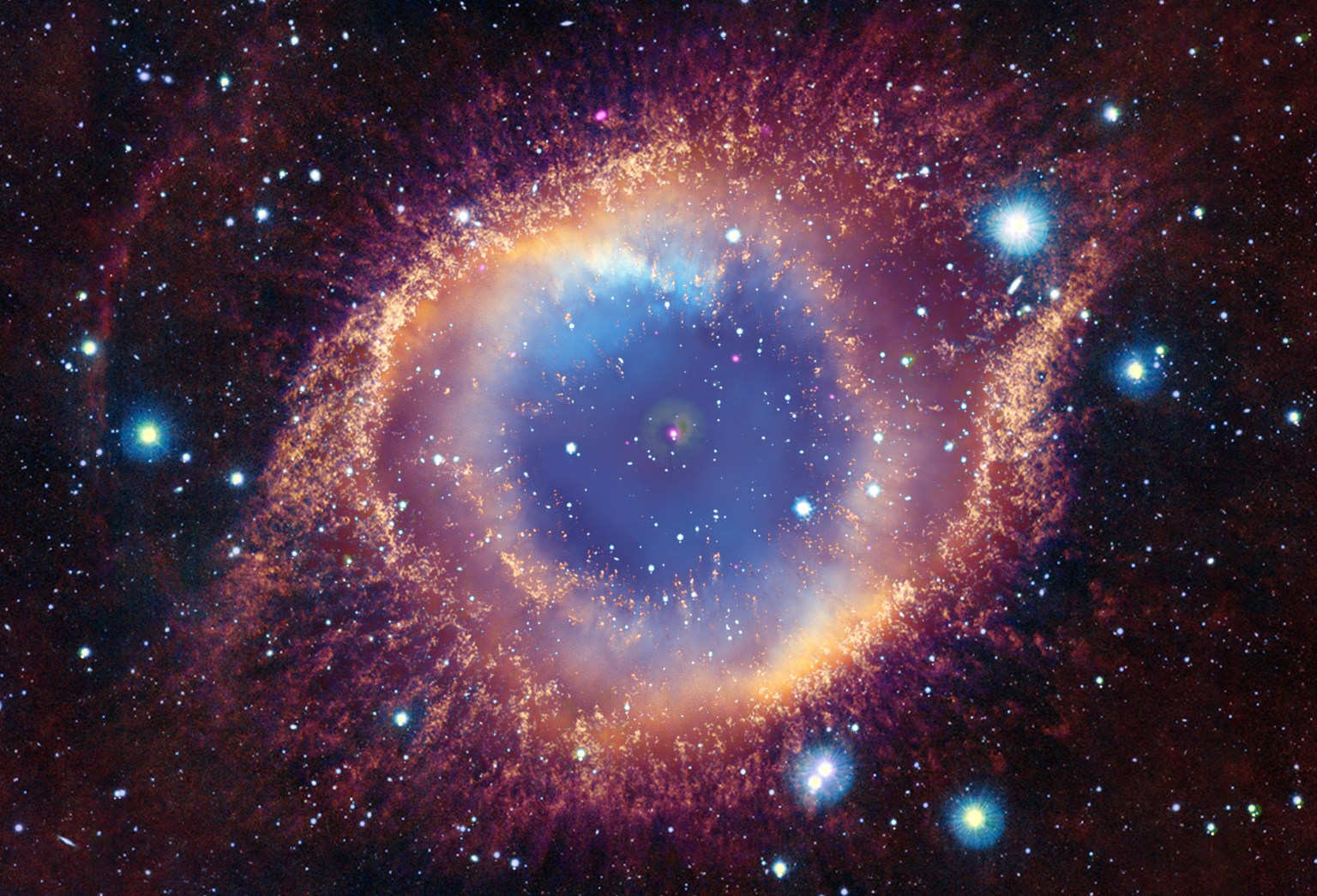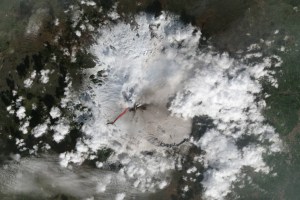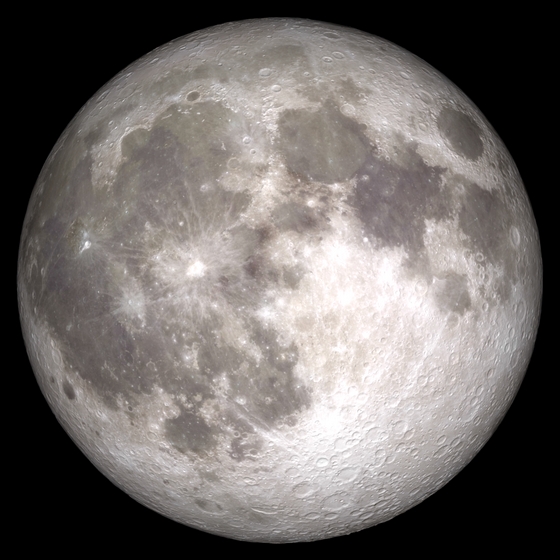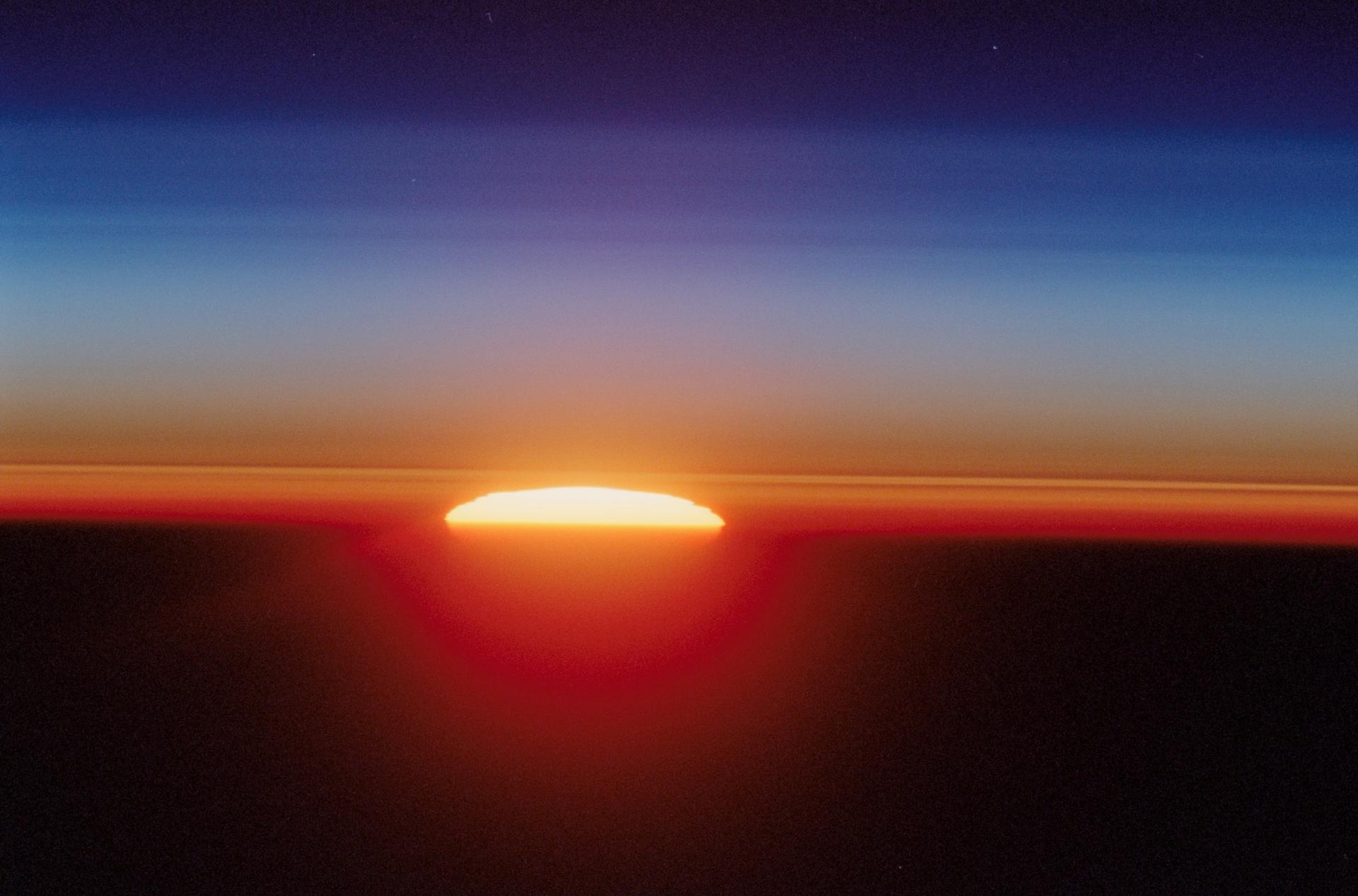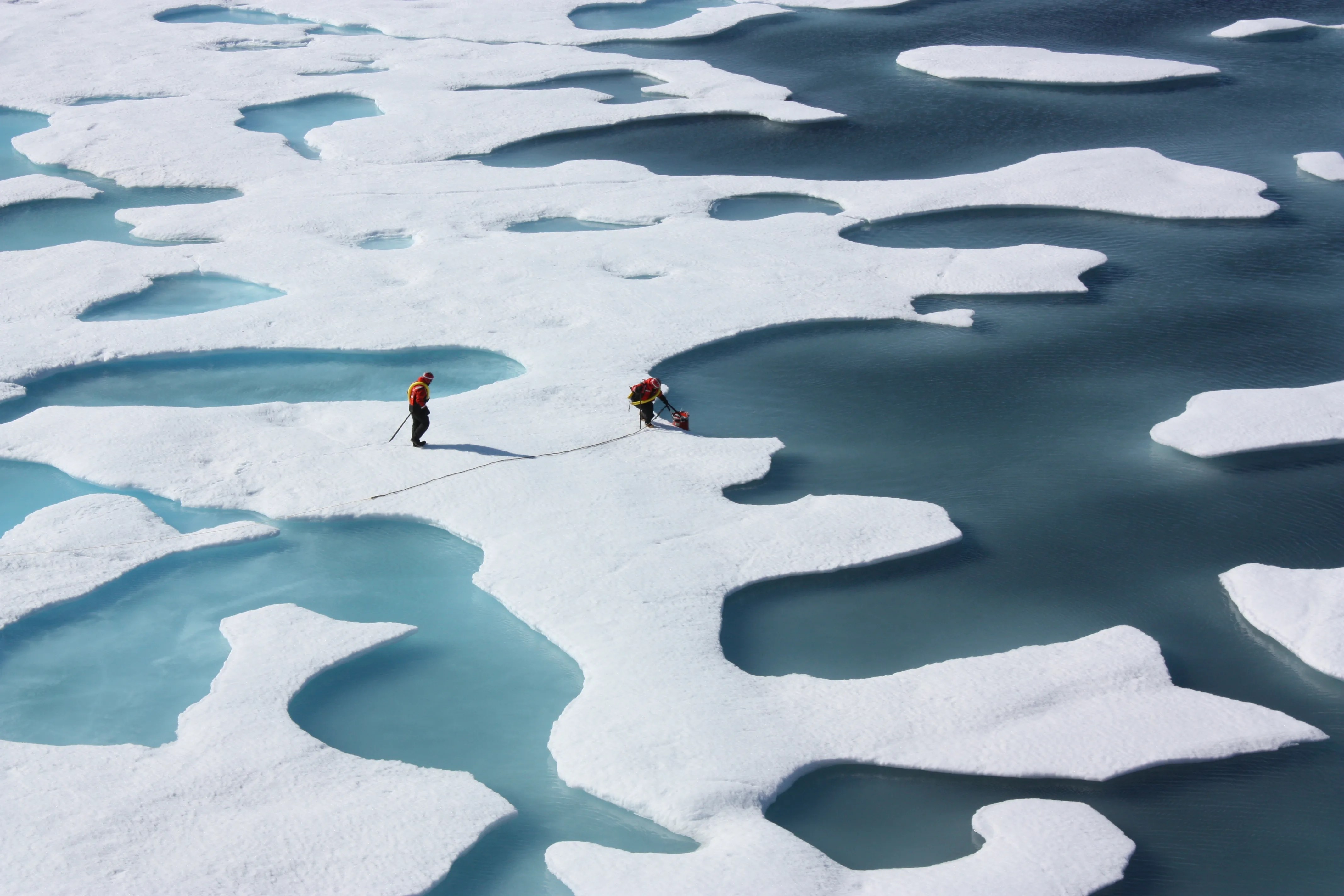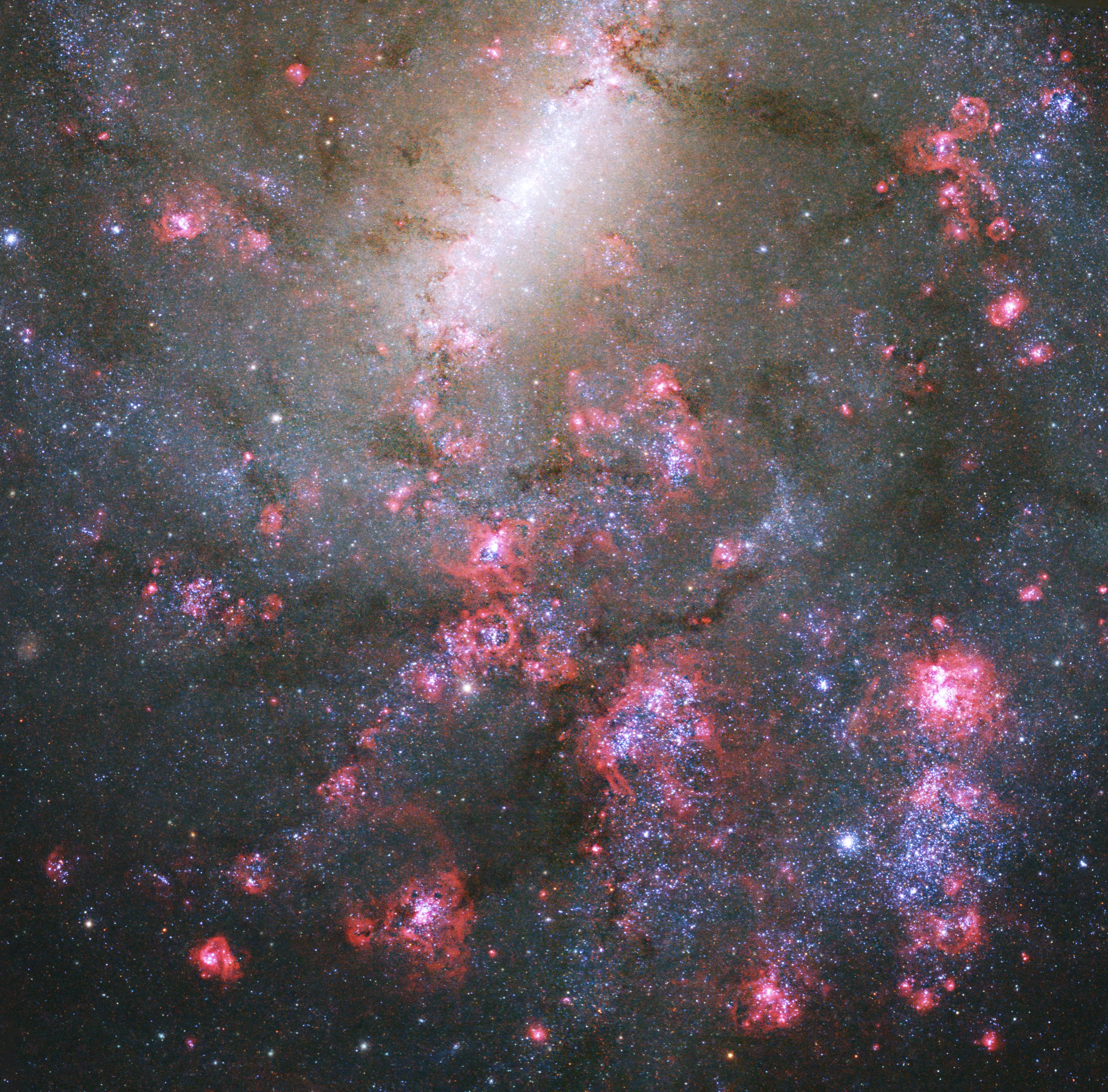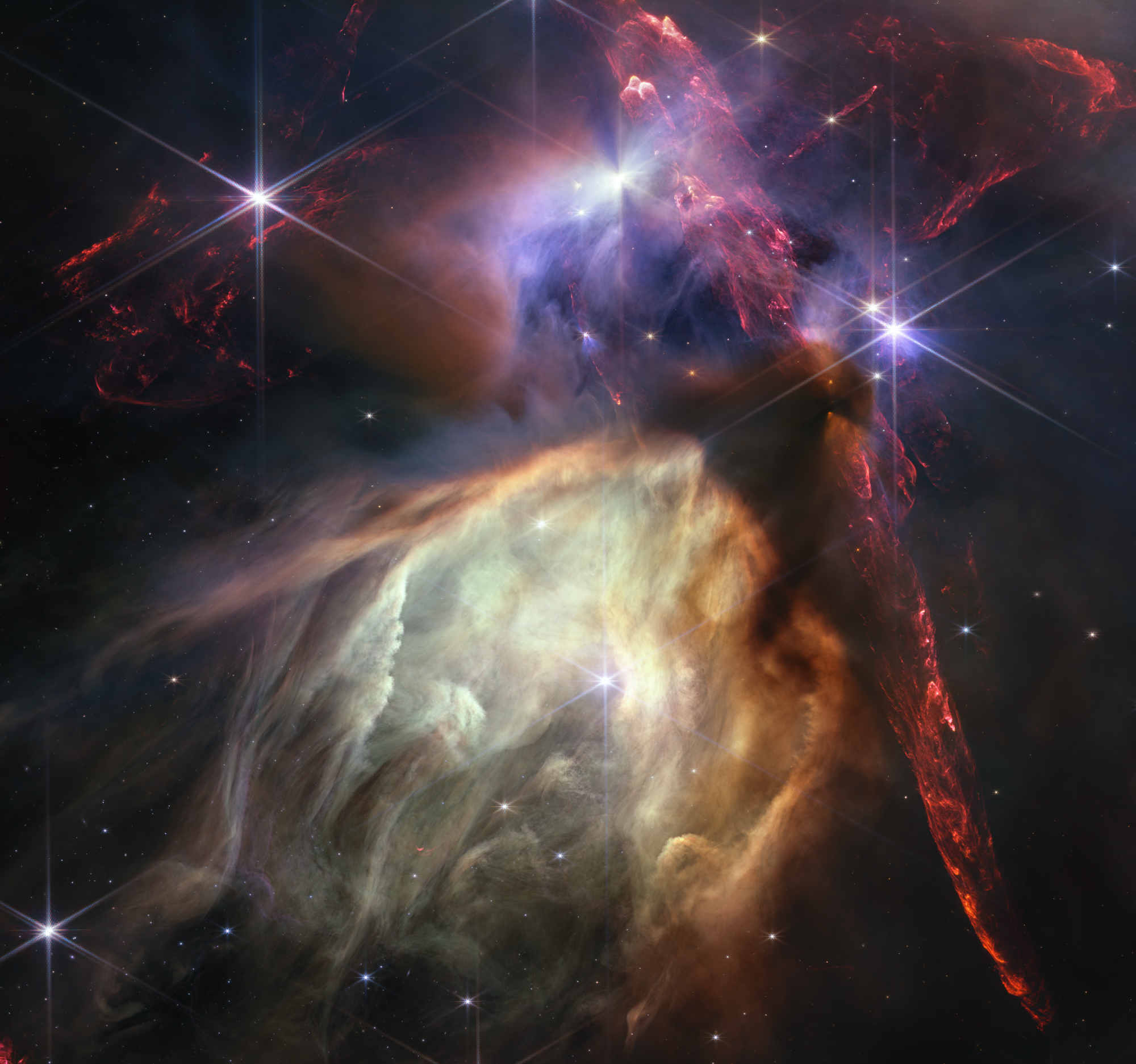Featured News
Art and Science
In the latest episode of NASA's Curious Universe podcast, producer and host Simone Polanen discusses the intersection of art and science with NASA astronaut Matthew Dominick and musician Reggie Watts.
Listen to the Podcast about Art and Science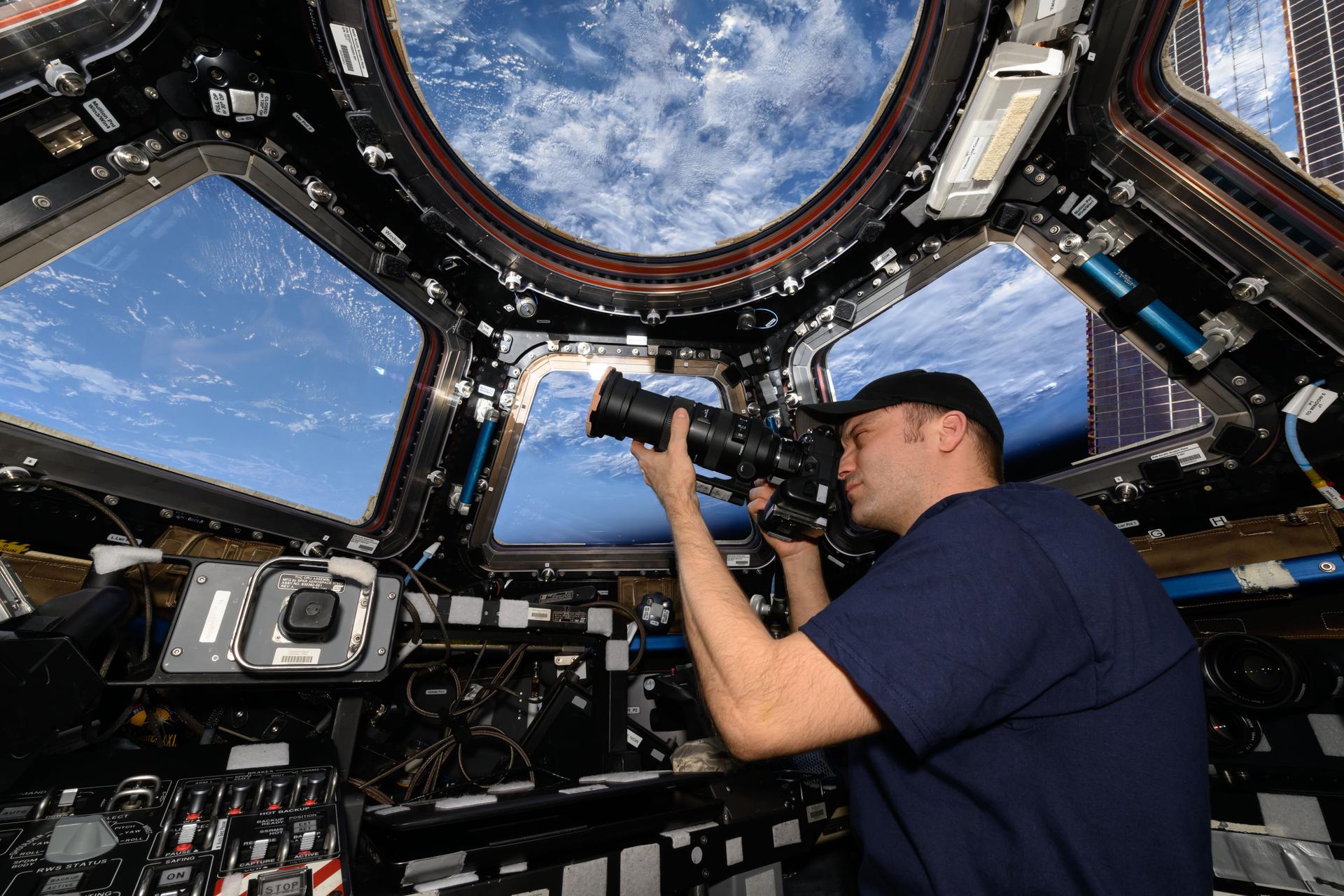
Humans in Space
Earth Information Center
For more than 50 years, NASA satellites have provided data on Earth's land, water, air, temperature, and climate. NASA's Earth Information Center allows visitors to see how our planet is changing in six key areas: sea level rise and coastal impacts, health and air quality, wildfires, greenhouse gases, sustainable energy, and agriculture.
Start Exploring about Earth Information Center
Today
Image Of The Day
X-ray Clues Reveal Destroyed Planet
In about 5 billion years, our Sun will run out of fuel and expand, possibly engulfing Earth. These end stages of a star’s life can be utterly beautiful – as is the case with this planetary nebula called the Helix Nebula. Astronomers study these objects by looking at all kinds of light. This images show X-rays from NASA’s Chandra X-ray Observatory (magenta), optical light data from NASA’s Hubble Space Telescope (orange, light blue), infrared data from the European Southern Observatory VISTA telescope (gold, dark blue), and ultraviolet data from GALEX (purple) of the Helix Nebula.
More NASA Images
Science
Do NASA Science
April is Citizen Science Month!
With just your phone or computer, you can help NASA expand our understanding of the universe — all while improving life on Earth. From spotting storms and chasing auroras to exploring distant galaxies, NASA’s citizen science projects tap into the power of people. Most projects need no special gear, just your curiosity and a willingness to learn.
Find Your Project about Do NASA Science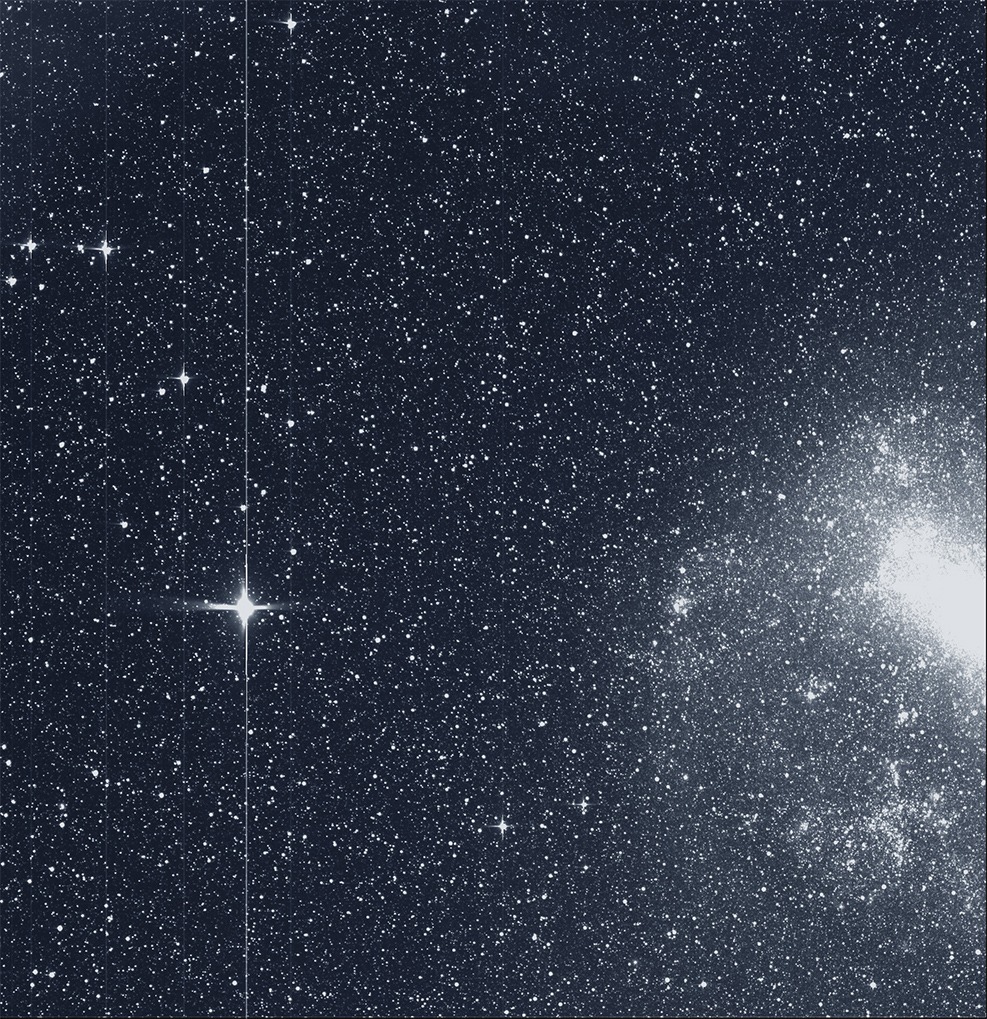
Explore the Universe from your Inbox
Stay up-to-date on the latest news from NASA–from Earth to the Moon, the Solar System and beyond.
We will never share your email address.
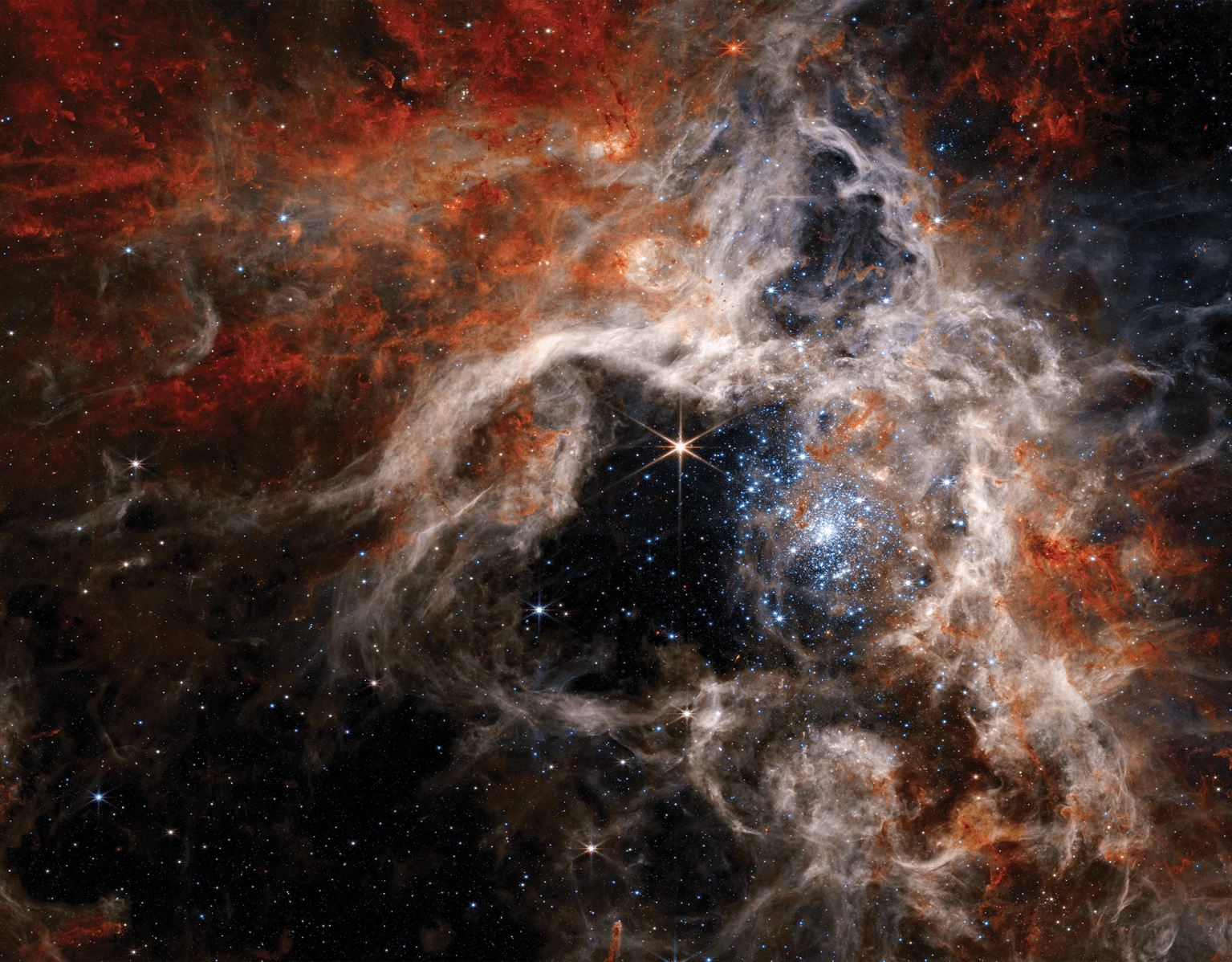

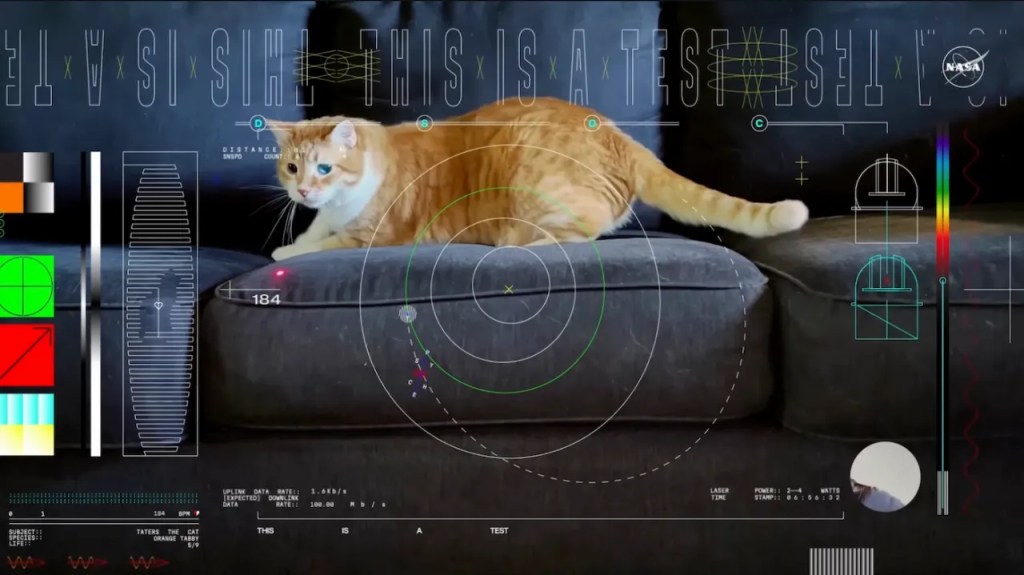
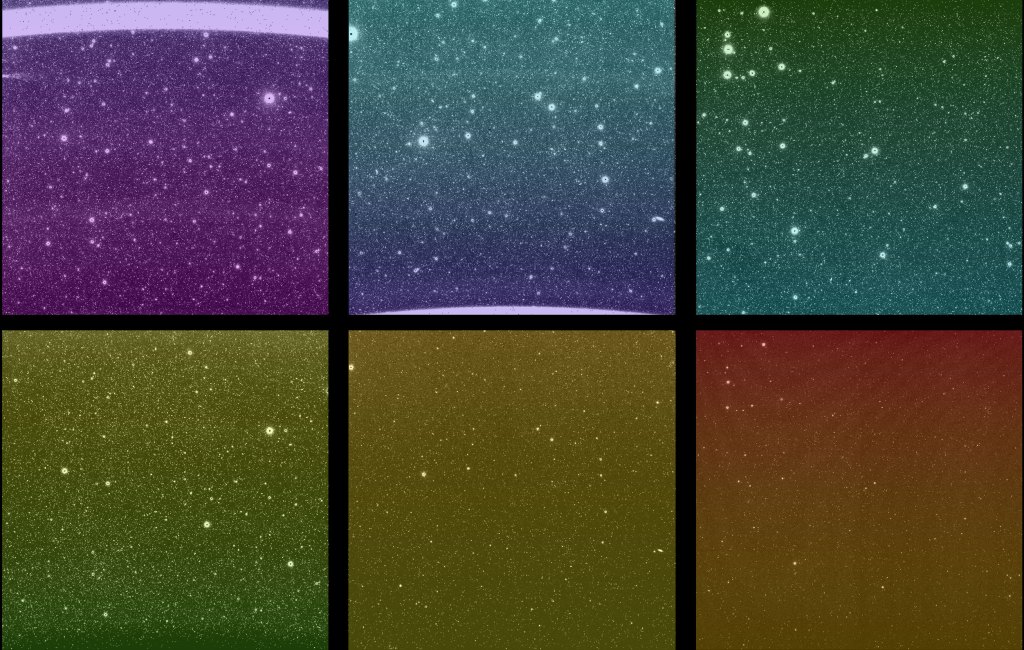

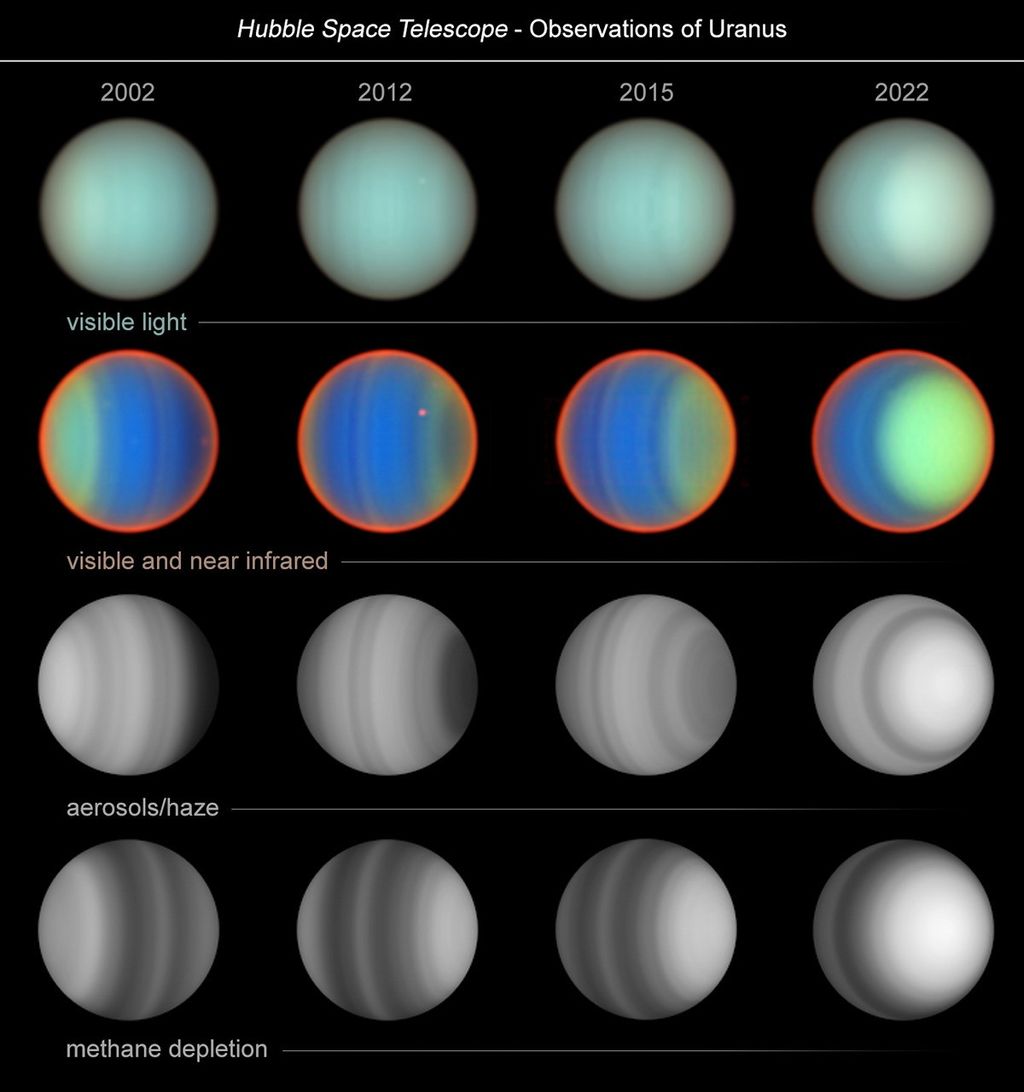




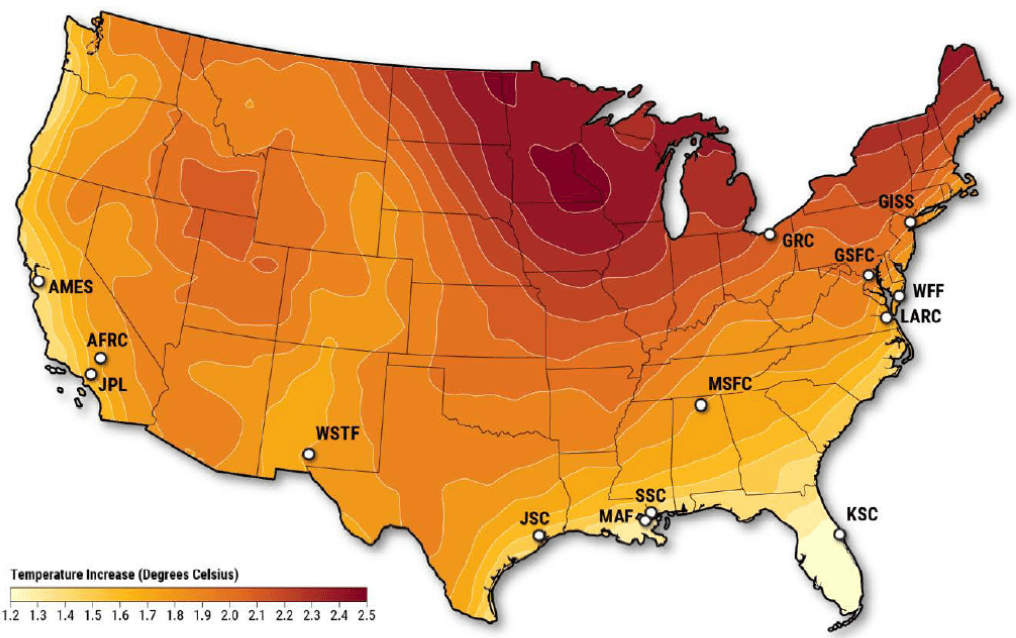
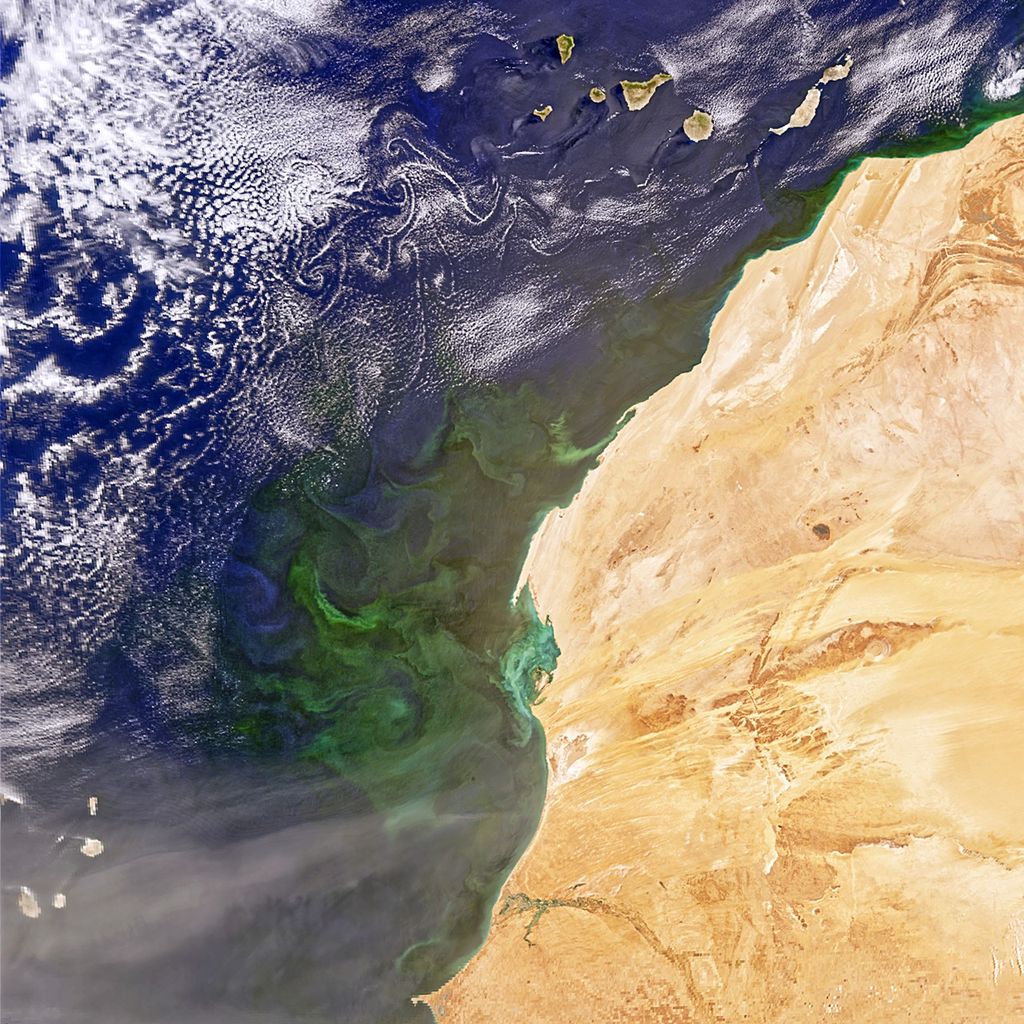
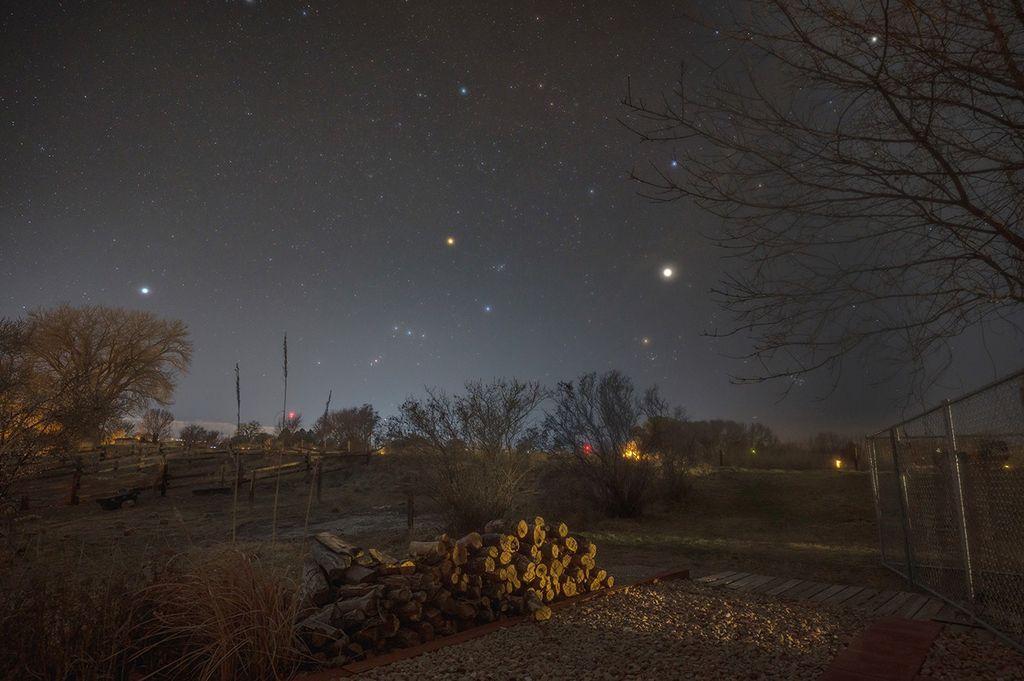

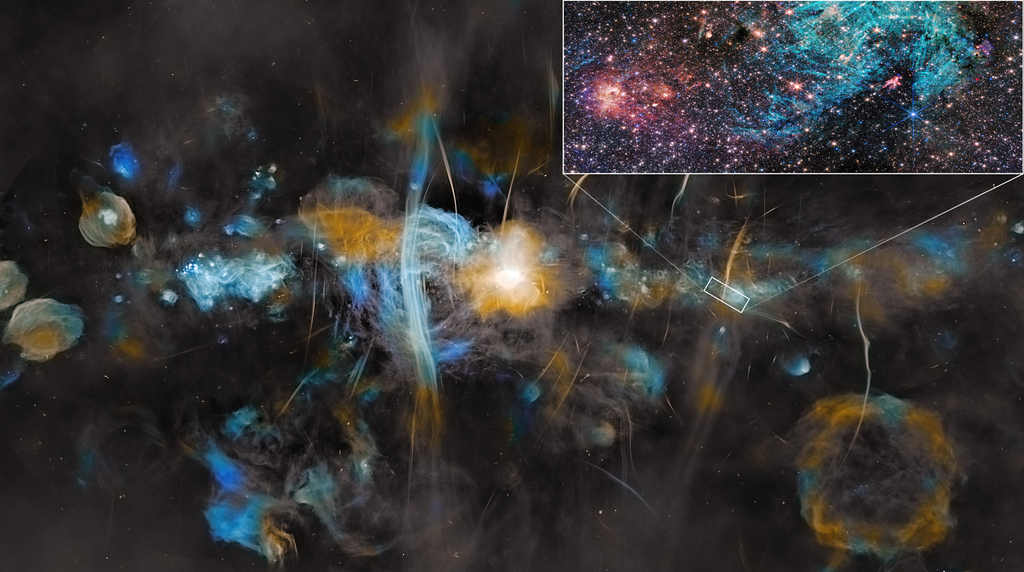



/quantum_physics_bose_einstein_condensate.jpg?w=1024)










